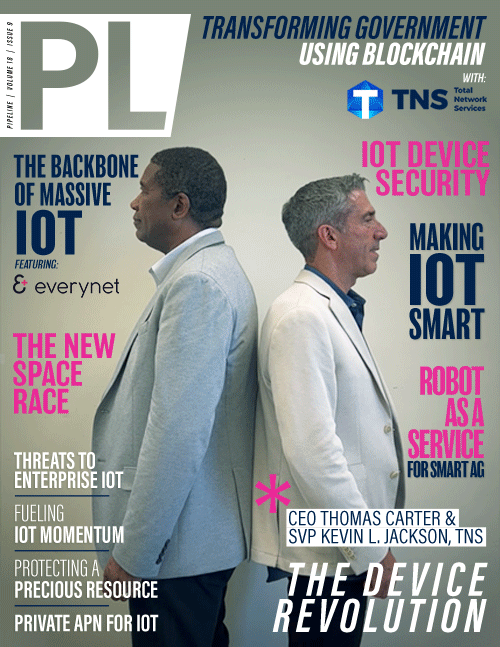Making IoT Intelligent
By: Ken Figueredo

In team sports, each player has a particular role. Team effectiveness depends on individuals performing as a system. This means all members work together as a tight-knit unit. A lack of cohesion leads to inferior performance, which might result from players not being set up with a 'game plan' or individuals being unable to adapt their play intelligently.
Internet of Things (IoT) systems are not dissimilar to sporting teams. They involve combinations of connected devices and sensors. Each has a role, either to act on command or to supply data to applications where decision-making occurs. If a hardware component from one vendor breaks down, it might be substituted with a comparable item, possibly from a different vendor. If the second vendor uses a proprietary interface or data communications protocol, this introduces friction into the overall IoT system. It is a bit like bringing a new player into a team.
Ideally, it would be useful to work with intelligent components when building end-to-end IoT systems. That way, a new component could introduce itself and announce its capabilities to the system. In IoT terminology, this is known as a ‘discovery’ process. It is linked to the ‘registration’ process, which deals with credentials management. This allows components to identify and authenticate themselves in IoT systems. These are like the social conventions that all players use when joining a team. In the IoT context, ‘discovery’ and ‘registration’ are examples of common and reusable functions that add intelligence to IoT components.
Treat IoT as a system
In designing and working with IoT systems, it is useful to think about how different components fit into a three-layer stack. The lower layer encompasses an array of IoT devices, sensors, and network communications technologies. The upper layer contains software applications that consume data from IoT devices and sensors. Their role is to spot patterns, make decisions and issue control instructions. The middle layer functions as a technology-abstraction capability. It enables interactions between upper- and lower-layer components. This is where common functions reside, such as ‘discovery’ and ‘registration.’
In technical terms, the middle layer is associated with IoT platforms. Middleware capabilities are offered as callable services to different components in an IoT system. This means all connected devices, sensors and applications use a common language and protocols to interact with one another. It is a bit like the social conventions and tactics used by players on a team.
Real-world IoT complexities
In real-world deployments, the three-layer framework still faces the challenge of a fragmented technology landscape. Take the example of a greenfield deployment with no legacy encumbrances. Here, a customer has one of two implementation approaches. One is to go for a full solution, from the devices to the service application, drawing on a small and pre-integrated set of technology options offered by a solution supplier. The alternative is to go for different combinations of devices and applications from the open market. This second approach requires some extra technical ‘glue’ to integrate different subsystems and any incompatibilities that might exist between them. Here, the design challenge is to find a way through a jungle of technical choices and engineer a system with integration solutions for each interface point.
‘Brownfield’ deployments, of course, introduce an additional layer of complexity. Take the case of an industrial processing plant in which the operator wishes to add new IoT capabilities to an existing production facility. This involves an integration of new and legacy technologies to capitalize on an asset’s remaining life and potentially unique functionality. One approach is to integrate the two sub-domains via a customized gateway function. This might work in small systems. For larger systems, it becomes costly because of technology permutations and the staffing expertise required for future maintenance activities.
IoT platforms aim to alleviate these issues. However, as the IoT market has grown, so has the number of IoT platforms. There are as many as 1,600 platforms to choose from. Any enterprise on the path to adopting IoT strategically is playing roulette when choosing which platform to adopt.
Another industry approach involves the use of application programming interfaces (APIs) to enable interoperability. With users embracing this technology, there has been considerable growth in the market for API libraries and service providers. There is a lesson to be learned, however, from the market for consumer data and the growing



















